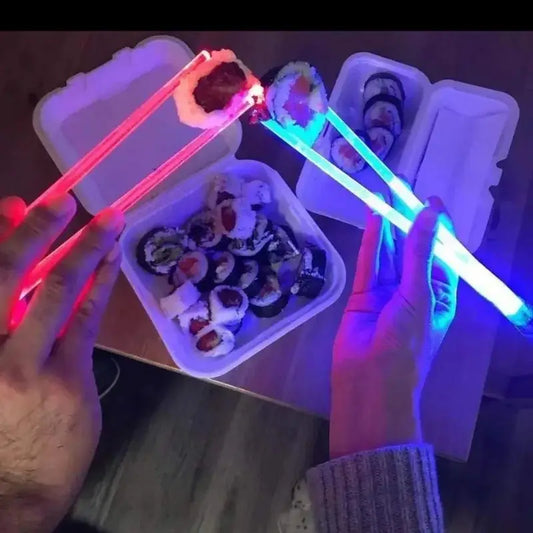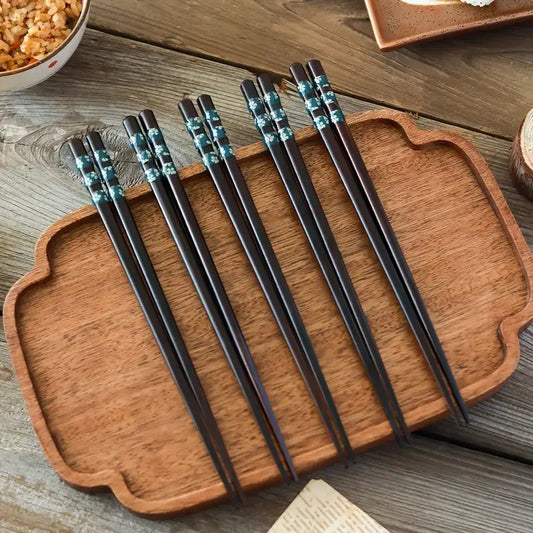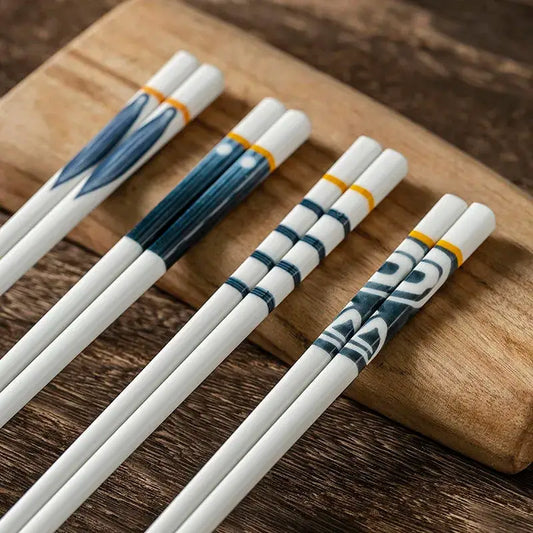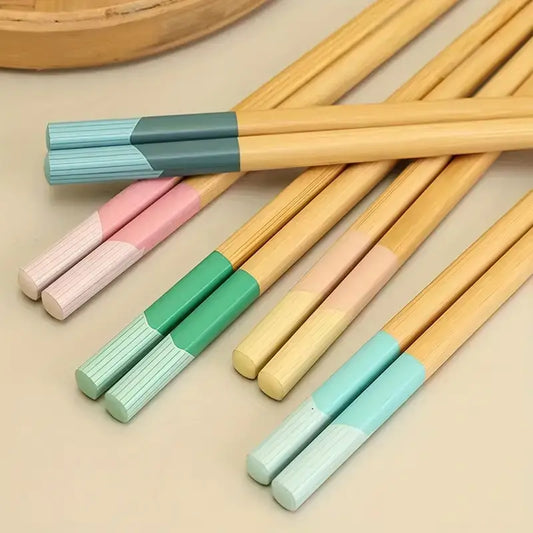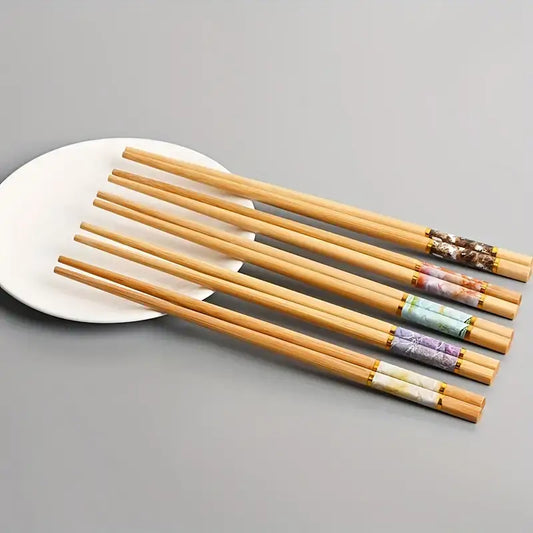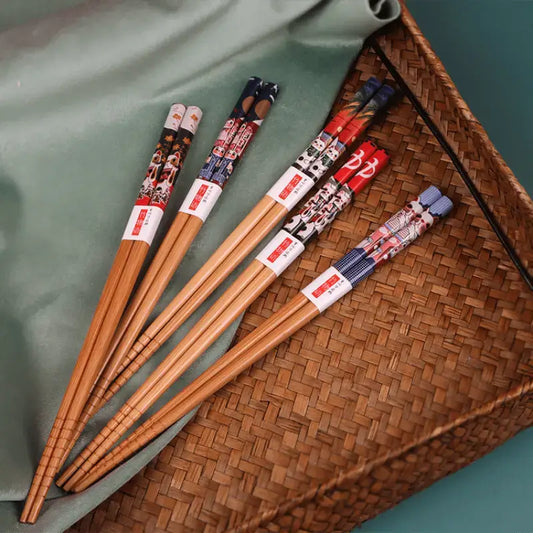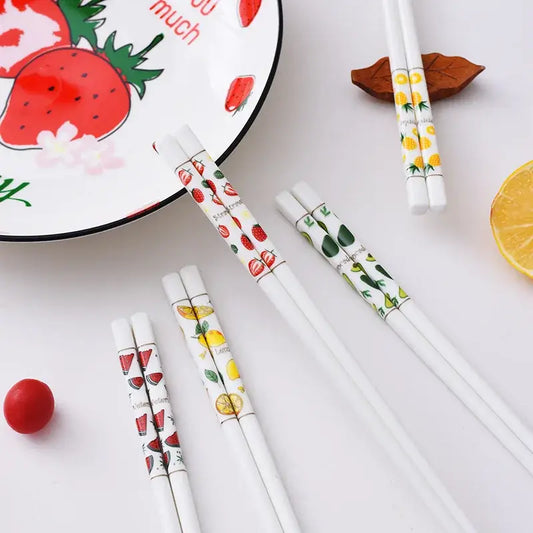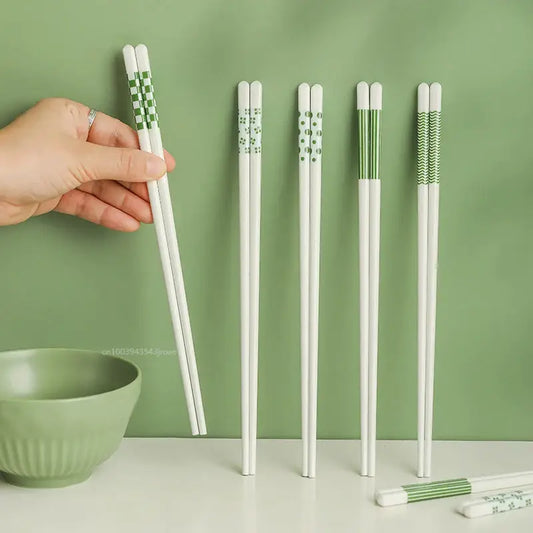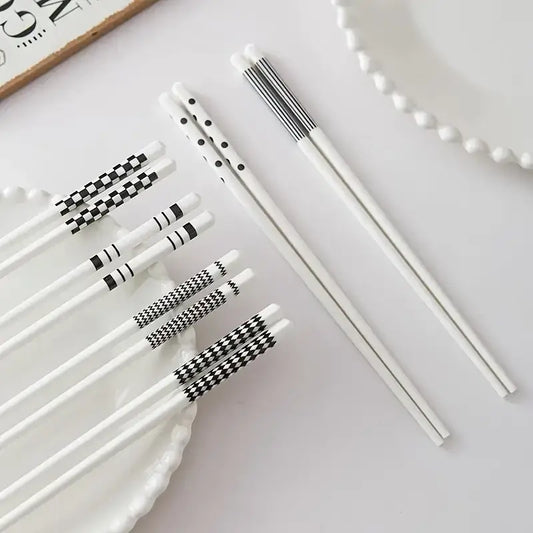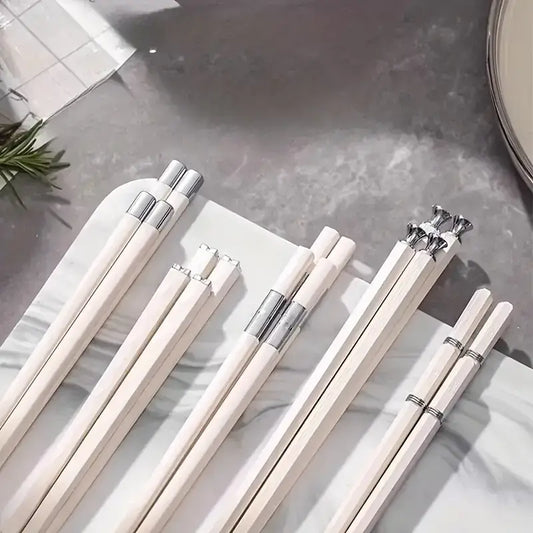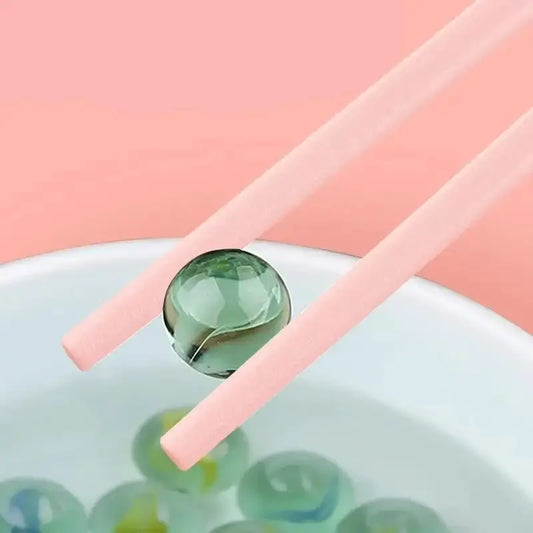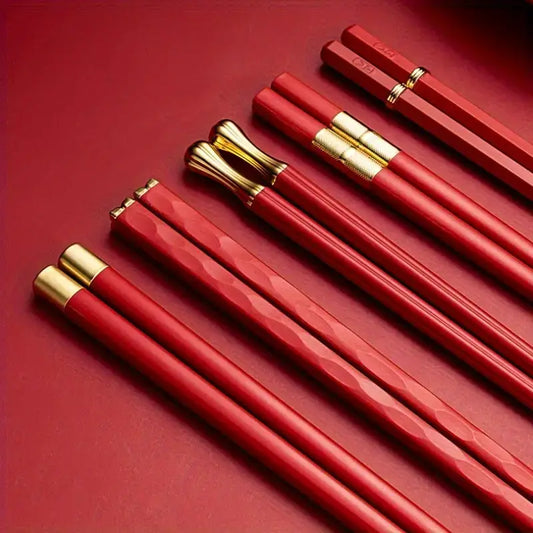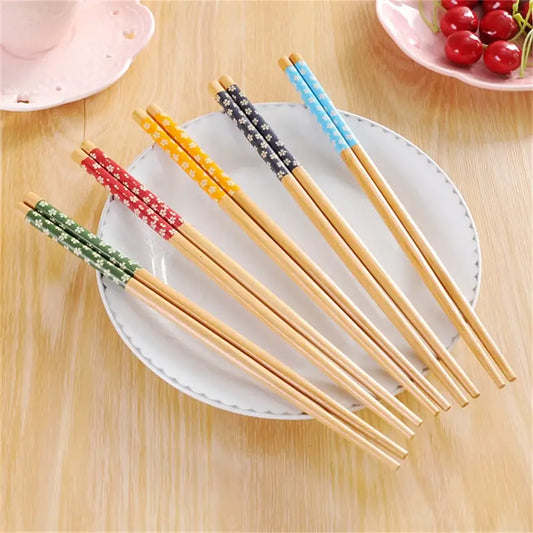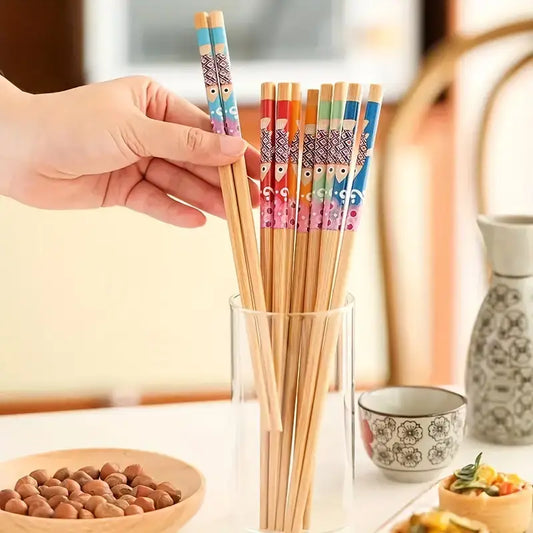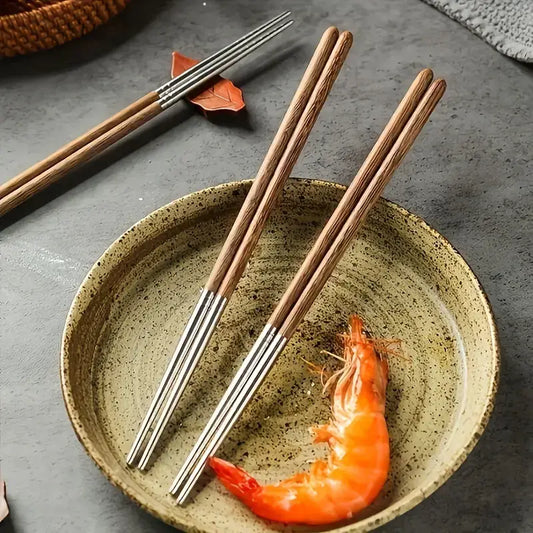Collection: Chopsticks
-
LED Lightsaber Jedi Chopsticks
Regular price $29.90 USDRegular priceUnit price / per -
Zen Blue Sakura Chopsticks Set
Regular price $34.90 USDRegular priceUnit price / per -
Japanese Ceramic Chopsticks
Regular price $34.90 USDRegular priceUnit price / per -
Marine Pattern Chopsticks Set
Regular price $24.90 USDRegular priceUnit price / per -
Colorful Pastel Chopsticks Set
Regular price $24.90 USDRegular priceUnit price / per -
Crystal Pattern Chopsticks Set
Regular price $29.90 USDRegular priceUnit price / per -
Maneki Neko Chopsticks Set
Regular price $24.90 USDRegular priceUnit price / per -
Fruit Mix Ceramic Chopsticks
Regular price $34.90 USDRegular priceUnit price / per -
Green Geometric Ceramic Chopsticks
Regular price $34.90 USDRegular priceUnit price / per -
Geometric Pattern Chopsticks Set
Regular price $39.90 USDRegular priceUnit price / per -
Forest Green Chopsticks Set
Regular price $39.90 USDRegular priceUnit price / per -
Angel White Chopsticks Set
Regular price $39.90 USDRegular priceUnit price / per -
Sakura Pink Chopsticks Set
Regular price $39.90 USDRegular priceUnit price / per -
Crimson Red Chopsticks Set
Regular price $39.90 USDRegular priceUnit price / per -
Turquoise Blue Chopsticks Set
Regular price $39.90 USDRegular priceUnit price / per -
Traditional Pattern Chopsticks Set
Regular price $24.90 USDRegular priceUnit price / per -
Colorful Sakura Chopsticks Set
Regular price $24.90 USDRegular priceUnit price / per -
Koi Fish Chopsticks Set
Regular price $24.90 USDRegular priceUnit price / per -
Natural Wood Chopsticks Set
Regular price $29.90 USDRegular priceUnit price / per -
Blue Ornamental Chopsticks Set
Regular price $24.90 USDRegular priceUnit price / per -
Black Sandalwood Chopsticks Set
Regular price $29.90 USDRegular priceUnit price / per -
Funny T-Rex Dino Chopsticks
Regular price $19.90 USDRegular priceUnit price / per -
Korean Style Chopsticks Set
Regular price $39.90 USDRegular priceUnit price / per
Receive Updates Right to Your Inbox 📬
Be the first to know about new collections and exclusive offers.
FAQ 🤔❓
How do I place an order?
Placing an order is simple! Navigate to the product you want to purchase, select the desired quantity and specifications, and click ‘Add to Cart’. Once you’ve added all your items, proceed to ‘Checkout’ and follow the instructions to complete your purchase.
Can I modify or cancel my order?
Once an order is placed, it is processed immediately to ensure quick dispatch. Therefore, modifications or cancellations cannot be guaranteed. Please contact our Customer Support team immediately if you need assistance.
Is it safe to shop on your site?
Absolutely! We use industry-standard encryption technologies and secure servers to protect your information.
How can I track my order?
After your order has been dispatched, you will receive an email containing your tracking number and a link to track your package.
How long will it take for my order to arrive?
Our standard shipping time is between 12 to 28 business days. However, delivery times may vary depending on your location and any potential shipping delays.
Experience Delicate Precision with Japanese Chopsticks
In the realm of culinary tools, Chopsticks have became a fundamental staple. More than just eating utensils, they represent a rich tradition, meticulous craftsmanship, and an elegant approach to the dining experience.
Japanese Chopsticks, whether made from bamboo, wood, or lacquered finishes, offer a unique dining style. Their sleek design, often adorned with intricate patterns or symbols, not only enhances the aesthetic appeal of your table setting but also showcases the finesse inherent in Japanese cuisine.
The creation of each pair of Japanese chopsticks is an exercise in precision and artistry. Skilled craftsmen painstakingly shape, polish, and often paint or lacquer each pair, creating a utensil that is as much a work of art as it is a practical tool. The result is a seamless blend of functionality and beauty that elevates every meal.
But Japanese chopsticks are more than just utensils. They're an integral part of Japan's culinary tradition, reflecting the culture's emphasis on mindful eating and appreciation of food's aesthetics. Owning a pair of Japanese chopsticks means embracing this thoughtful approach to dining.
Embracing Japanese Chopsticks is about welcoming this amalgamation of tradition, craftsmanship, and dining elegance into your meals. Whether you're a foodie, a fan of Japanese culture, or someone who appreciates the beauty in everyday objects, Japanese chopsticks can transform your dining experience.
Dive into the world of Japanese Chopsticks today. Experience the tradition, craftsmanship, and dining elegance these unique utensils offer. Whether you're seeking to refine your dining etiquette or add a touch of Japanese culture to your table, there's a pair of Japanese chopsticks that awaits you.
With Japanese Chopsticks, you're not just acquiring a utensil—you're inviting a slice of Japanese tradition and elegance into your meals. Why not explore the world of Japanese Chopsticks? A journey of culinary precision, aesthetic appreciation, and cultural immersion awaits you.


